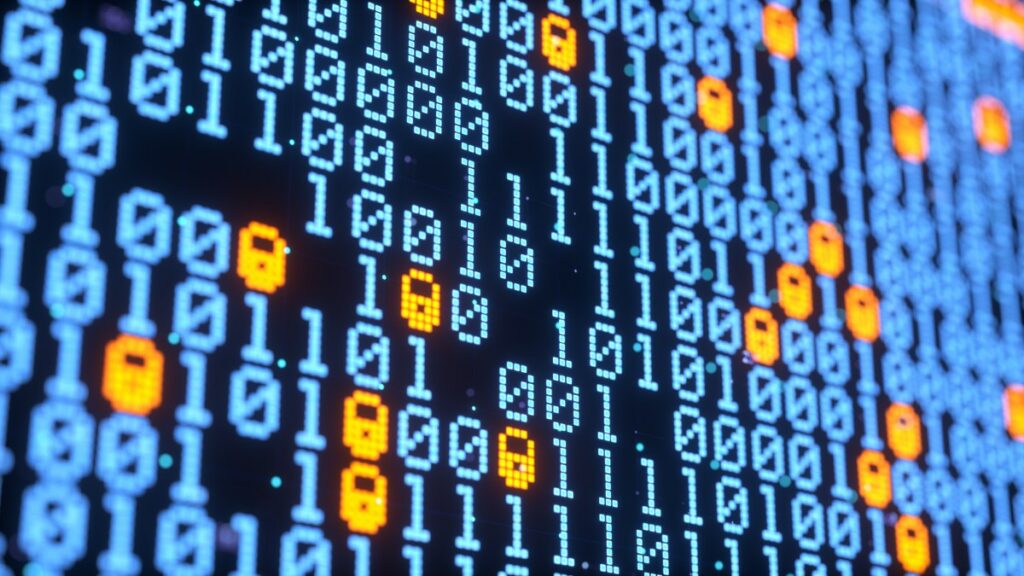The time has finally come to announce the five finalists of the Startup Battlefield. It all started earlier this year when the TechCrunch editorial team selected 200 companies from thousands that applied. From there, the team then chose the 20 finalists who pitched this week onstage at TechCrunch Disrupt 2024 to investor judges and packed crowds.
This year’s finalists follow in the footsteps of Startup Battlefield legends like Dropbox, Discord, Cloudflare and Mint on the Disrupt Stage. With over 1,500 alumni having participated in the program, Startup Battlefield Alumni have collectively raised over $29 billion in funding with more than 200 successful exits.
The five finalists will pitch again on the Disrupt Stage on Wednesday, October 30 at 11:30 a.m. PT to Navin Chaddha (Mayfield), Chris Farmer (SignalFire), Dayna Grayson (Construct Capital), Ann Miura-Ko (Floodgate), and Hans Tung (Notable Capital).
Now, without further ado, here are the five TechCrunch Startup Battlefield 2024 finalists:
It looks fake, or at least like a good illusion: There’s Gecko Materials founder Capella Kerst dangling a full wine bottle from her pinky finger, the only thing keeping it from smashing to pieces being the super-strong dry-adhesive her startup has brought to market. But it’s no trick. It’s the result of years of academic research that Kerst built on by inventing a method to mass-manufacture the adhesive. Inspired by the way real-life geckos’ feet grip surfaces, the adhesive is like a new Velcro — except it only needs one side, leaves no residue, and can detach as quickly as it attaches. It can do this at least 120,000 times and, as Kerst noted in a recent interview with TechCrunch, can stay attached for seconds, minutes, or even years.
Luna is a health and well-being app for teen girls that is designed to help them navigate teenhood. The app lets teens ask questions about their health and wellness and get responses from experts. It also lets them track their periods, moods, and skin. The London-based startup presented today on the Startup Battlefield stage at TechCrunch Disrupt 2024 to detail its mission to educate and support teen girls. Luna is the brainchild of best friend duo Jas Schembri-Stothart and Jo Goodall, who came up with the idea for the startup as part of an assignment during their MBA program at Oxford.
For anyone who parties or goes out dancing, the risk of accidentally taking adulterated drugs is real. MabLab has created a testing strip that detects the five most common and dangerous additives in minutes. Co-founders Vienna Sparks and Skye Lam met in high school, and during college the pair lost a friend to overdose. It’s a story that, sadly, many people (including myself) can identify with. Thankfully, testing strips are a common sight now at venues and health centers, with hundreds of millions shipping yearly.
Six years ago, while researching for a college entrepreneurship competition, Valentina Agudelo identified a troubling gap in breast cancer survival rates between Latin America and the developed world, with women in her native Colombia and the rest of the continent dying at higher rates due to late detection. She realized that breast cancer is highly treatable when diagnosed early, yet many Latin American countries have large rural populations lacking access to mammograms and other diagnostic tools. So Agudelo and her two best friends decided to create a theoretical portable device that would detect breast cancer early.
In the summer of 2020, a fire broke out onboard a naval ship docked in San Diego Bay. For more than four days, the USS Bonhomme Richard burned as helicopters dropped buckets of water from above, boats spewed water from below, and firefighters rushed onboard to control the blaze. Before the embers had even cooled, lidar (light detection and ranging) scans were taken to assess how bad the damage was and to figure out how the fire even started. But the investigation was stalled, partially because of how hard it is to send lidar scans.


